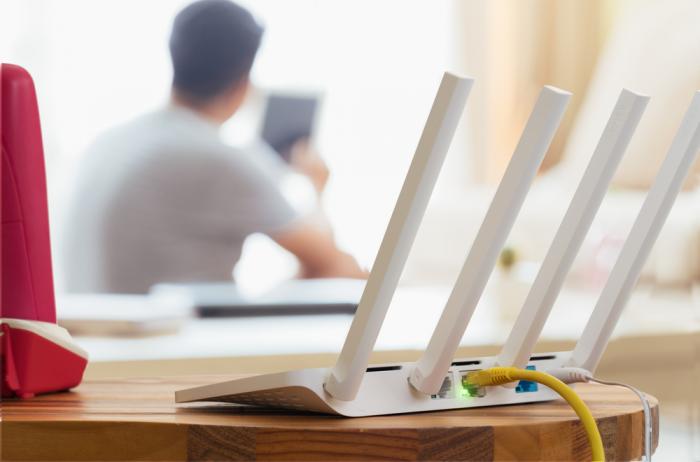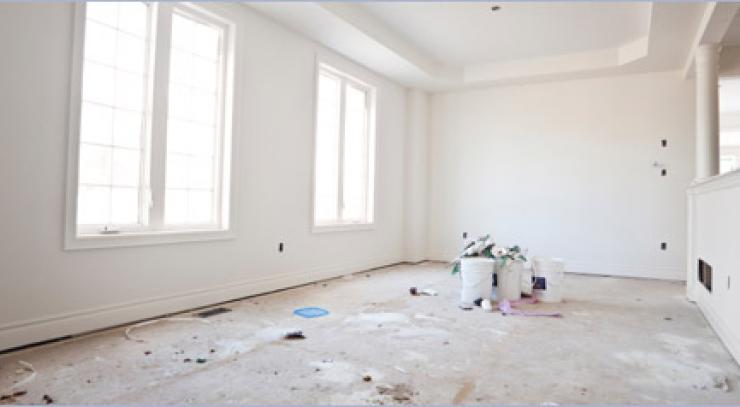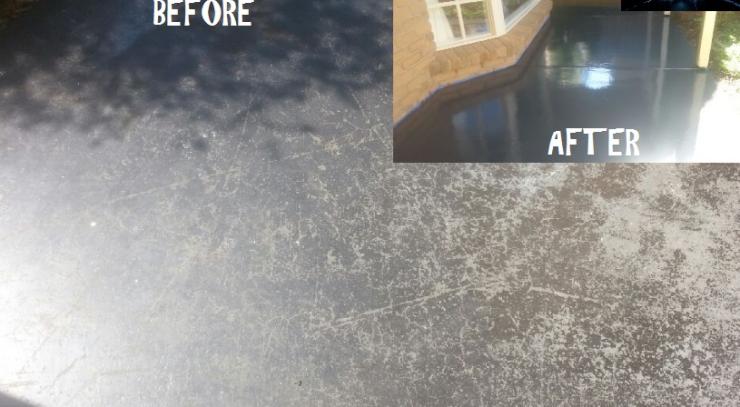Home owners are at just as much risk from cyberattacks as businesses are, yet are less likely to take adequate precautions to protect themselves. Now, the cyberthreat has invaded people’s homes, making it more important than ever that consumers take note of cybersecurity warnings and act to protect themselves.
As cybercriminals develop their techniques, they’re increasingly able to penetrate home networks where PCs, entertainment systems, personal email, Netflix accounts, and a range of evolving smart devices, are all connected to one network.
Steve Manley, regional vice president, Australia/New Zealand, Palo Alto Networks, said, “Consumers need to know that, along with the increase in home and digital technologies comes a far higher risk of malicious activity occurring in their home networks, with numerous entry points into the system available to hackers.
“Personal network breaches can result in people losing money, important documents, and family data. Sophisticated hackers with access to even the smallest amount of information, such as a person’s email address and password, can potentially infiltrate other devices and accounts connected to the network. Most people’s living rooms are home to multiple screens and devices, often connected to the same email addresses and bank accounts, not to mention payment details stored in Netflix or other streaming service subscriptions. These connections make people’s home lives more convenient, but they also help cybercriminals access personal and financial information.”
Palo Alto Networks has identified seven security vulnerabilities in and around the home consumers need to be aware of:
1. Social media. 60% of Australians are active social media users. Sharing personal information on social media platforms makes it accessible to cybercriminals who can use it to see when people aren’t home, making houses more vulnerable to robberies. A survey by GIO found that people update their social media accounts more regularly during holiday seasons. Users should avoid oversharing information on social media, such as pictures of their home or information about new purchases or gifts, to limit the amount of knowledge hackers have about their personal lives and homes.
2. TV. Smart TVs make it easy to use streaming services, however, many users fail to change their account passwords from the default settings, or, create passwords that are easy to guess, perhaps based on their birthdates or something simple like 1234. Simple, easily-guessable passwords make entertainment accounts relatively easy for hackers to access. In addition, home entertainment isn’t just the physical devices but the apps being used to view content. All apps like those from Netflix, Amazon, Stan, and others have their own passwords to connect to their service. Attackers crack and sell compromised accounts to these services, so it’s essential to use strong, unique passwords for these apps.
3. Laptops and PCs. Desktop or laptop computers are used by 91% of connected Australian households. When these devices manage work documents and data, a successful hack can be devastating. Users need to remember that the ramifications of a data breach through their home network can go far beyond their home life. Users should employ quality network protection and strong passwords, and log out of work email accounts and databases after using them to prevent cybercriminals from accessing workplace information.
4. Smart home devices. Homes are increasingly being filled with smart devices like cameras, connected lighting systems speakers or baby monitors. These devices are often voice-controlled and can open an avenue for cybercriminals to record audio and images from inside living rooms. In August, researchers were able to hack the Amazon Echo, a voice-activated smart speaker, and stream audio from its microphone. Lacking strong network protection could potentially let hackers take over smart devices to spy on or record users in their own homes.
5. Home routers and Wi-Fi. In a home of computers, phones, tablets and Internet of Things (IoT) devices, the common point is the home Wi-Fi router. To keep home devices more secure, it’s important to secure the router and Wi-Fi network. Users should choose a strong password and consider configuring the router to not broadcast the SSID. While this will make adding devices a little harder, it also means it’s even harder for unauthorised people to join the home network.
6. People inside and outside the house. Users must not forget that cybercrime doesn’t necessarily occur from afar, and isn’t always committed by faceless hackers online. Leaving private information on open laptops or desktops that are visible through windows or by visitors lets people stealthily view or steal information. Users should keep laptops closed and PC screens locked when unmonitored.
7. Outdated software. Laptops, smart TVs, smartphones, tablets and more require regular software updates. Failing to update devices connected to the home network leaves them vulnerable to attack. It’s essential to update and patch devices regularly.
Steve Manley said, “Consumers need to take security precautions even in their own homes to protect financial, work, and personal data. It’s important to secure networks with quality solutions designed to stave off attacks, and take practical steps, like closing devices while unmonitored, updating software, and changing passwords regularly.”

























